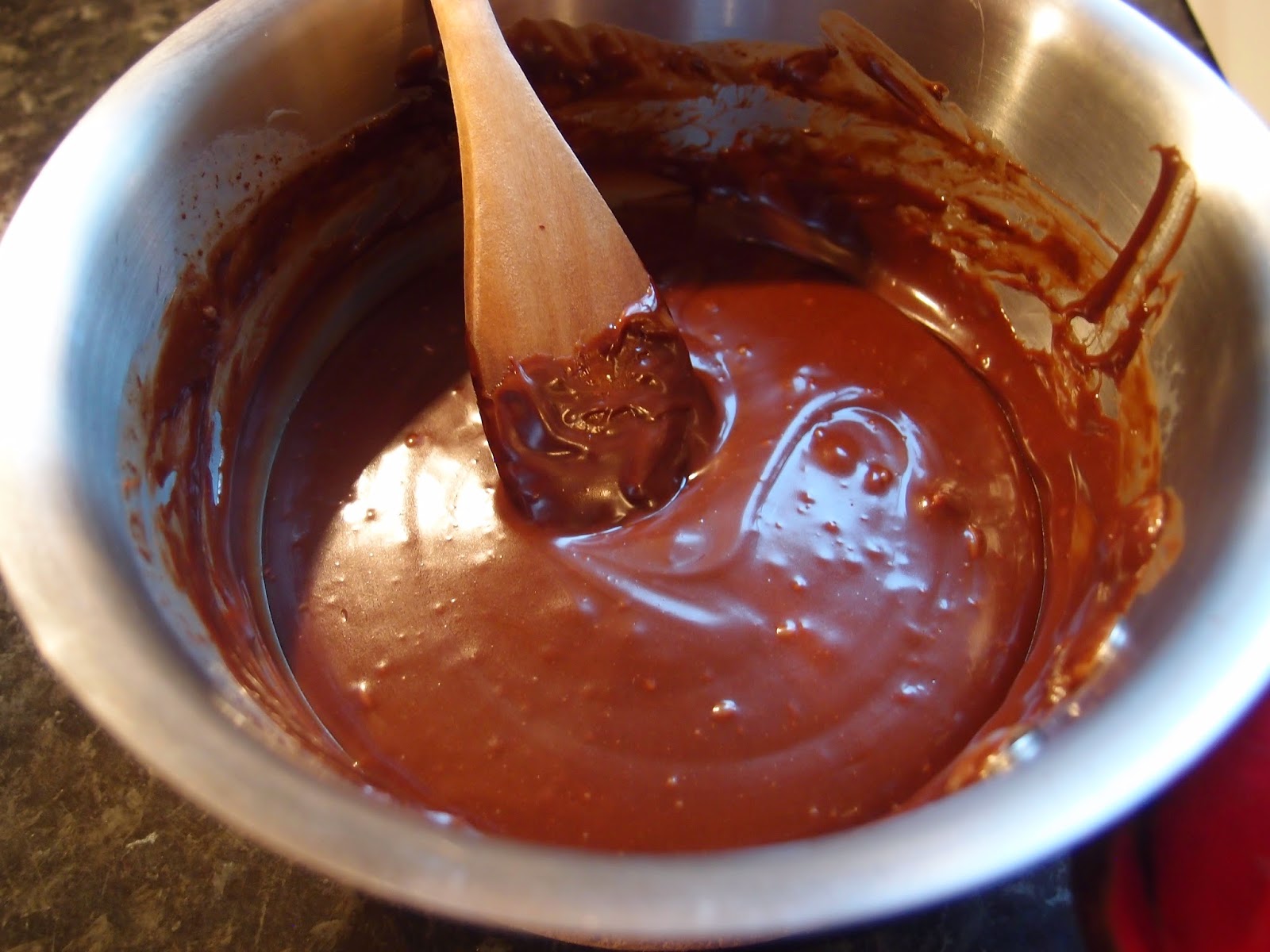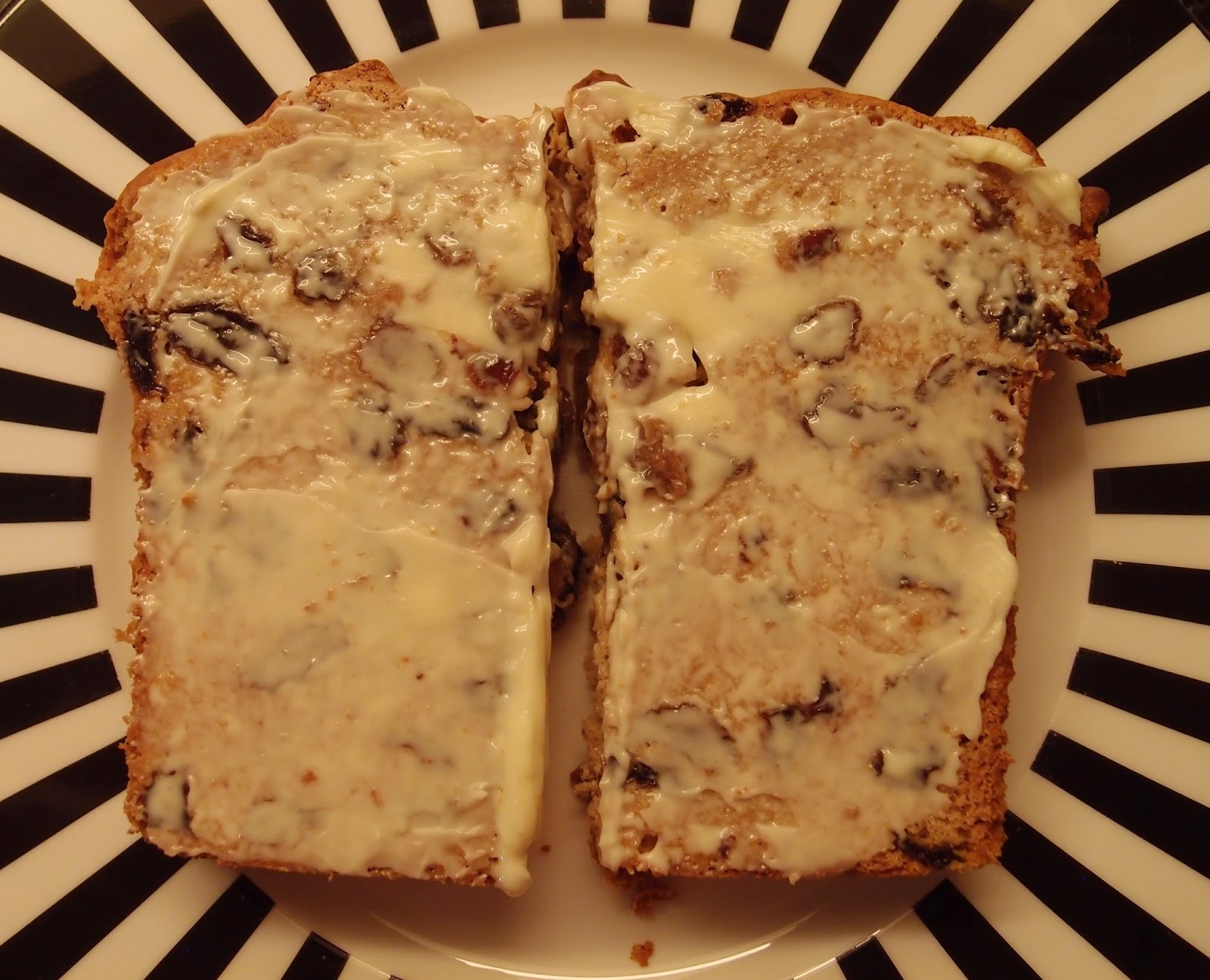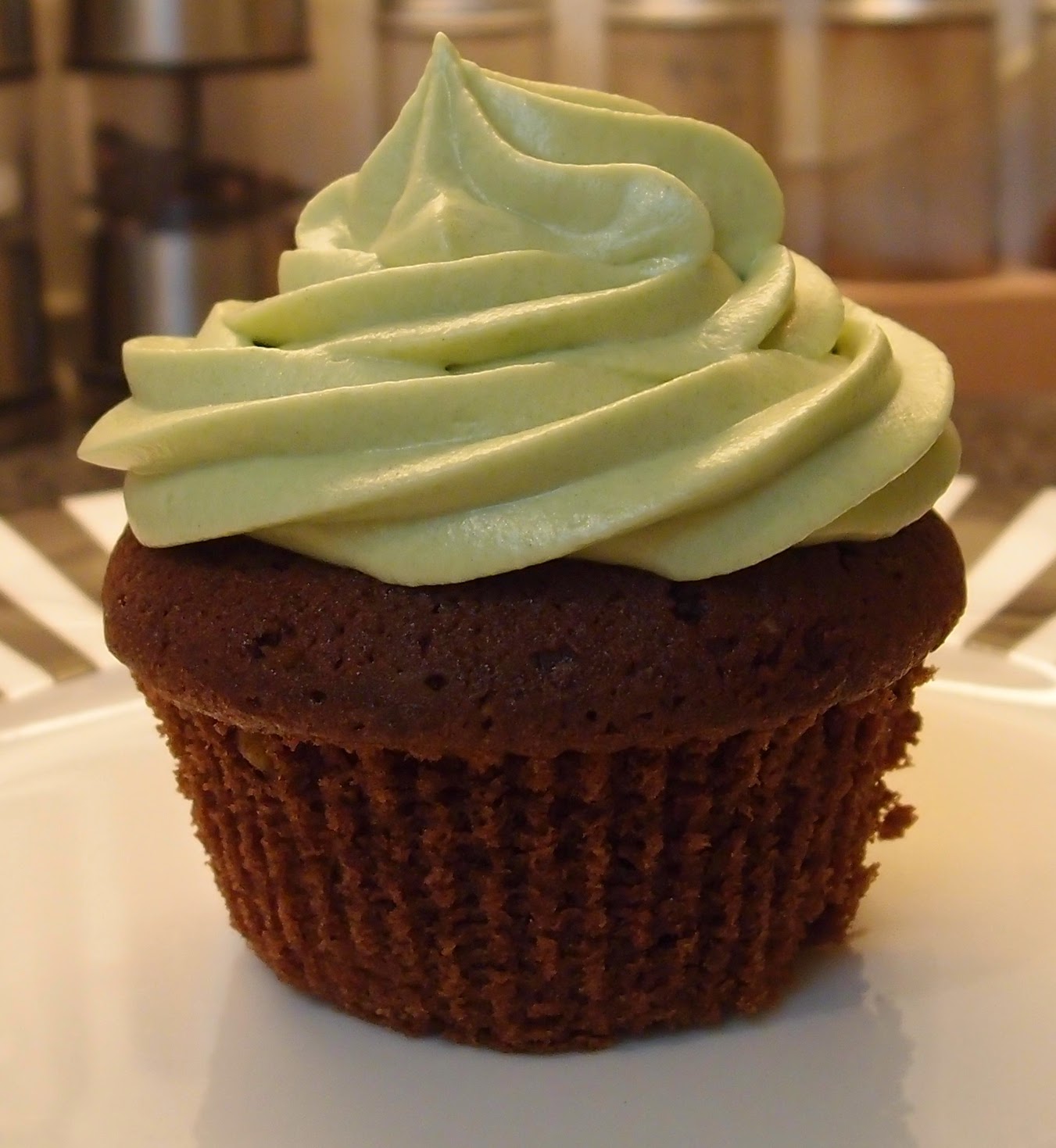Our
new house has emerged from the “total chaos” stage of unpacking to the far more
acceptable “annoyingly disordered”. I think this is progress and it felt
a good time to get back to some baking, particularly with Christmas fast approaching.
I’d been cooking dinners every night so felt confident that I understood my new
oven enough to tackle a new recipe, totally ignoring Mr CC’s recommendation of
baking something I knew inside out like a Victoria sponge. I could see
his logic but I fancied something that reflected the festive season, and what
could be more festive than After Eight mints?
Now don’t get me wrong; I like After Eight mints, I truly do. But would I like them half as much if they didn’t each come snugly filed away in their own little paper sleeve like chocolate records? (Translation for anyone under 40: Records were the iTunes of their day but took up actual rather than virtual storage space and only held about 12 tracks at most). And is there another chocolate with greater rules of etiquette? Only a complete bounder takes the chocolate out and leaves the paper sleeve in the box, leaving some poor unfortunate sap to ‘draw a blank’. This ganache uses a whole box of chocolates:
And here they are melted:
This is a rich, decadent cake and would work as either a cake or a dessert. If I was serving it as a dessert I might have some extra whipped cream to serve alongside because everyone knows that it cuts through richness….right? Work with me here, it is Christmas after all…the time of year when all bets are off and it’s perfectly acceptable to drink alcohol before 9am and eat tons of chocolate straight after the biggest meal of the year whilst complaining how full you feel (or at least it is if you’re doing right).
Thanks for everyone who’s stopped by my site this year, and extra thanks to those of you who have left such lovely comments. Hope you all get the Christmas you wish for and a wonderful 2015!
Ingredients
For
the sponges:
170g
unsalted butter
100g dark chocolate
240g plain flour
280g golden caster sugar
6 tablespoons cocoa powder
1 teaspoon bicarbonate of soda
2 eggs
284ml buttermilk
200ml boiling water
100g dark chocolate
240g plain flour
280g golden caster sugar
6 tablespoons cocoa powder
1 teaspoon bicarbonate of soda
2 eggs
284ml buttermilk
200ml boiling water
For
the icing:
300g
After Eight mints, plus extra for decoration if you wish
50ml double cream
50ml double cream
Method
Preheat
the oven to 180C/ fan oven 160C/ 350F/ gas mark 4.
Line
two 20cm round loose bottomed sandwich tins with baking paper.
Place
the butter and chocolate in a saucepan and melt over a gentle heat. Put
to one side to cool a little.
Place
the flour, sugar, cocoa powder and bicarbonate of soda in a large mixing bowl
and stir together.
To
the dry mix, add the melted chocolate and butter, the eggs, buttermilk and
boiling water.
Beat
until the mixture is smooth – you don’t want any lumps left in the batter!
Spoon
into the two prepared tins and level the surface.
Bake
for approximately 30 minutes or until a skewer inserted into the cake comes out
clean. Mine took a little longer so don’t
worry if yours does too.
Leave
to cool in the tins for 30 minutes before de-tinning and leaving to cool
completely on a wire rack.
The
sponges can be made a day in advance and stored in airtight containers.
Now
make the icing: place the After Eights and cream in a saucepan and melt together
over a gentle heat.
Leave
to cool until you have a nice spreadable consistency – depending on the weather
(or your heating!) you might need to pop it in the fridge for a bit.
Place
one sponge on the serving plate.
Spread
just over half the icing over it and place the second sponge on top.
Spread
the remaining icing over the top and decorate as you choose.
Bask
in the glory of the wonderful thing you have created.
Eat.















































